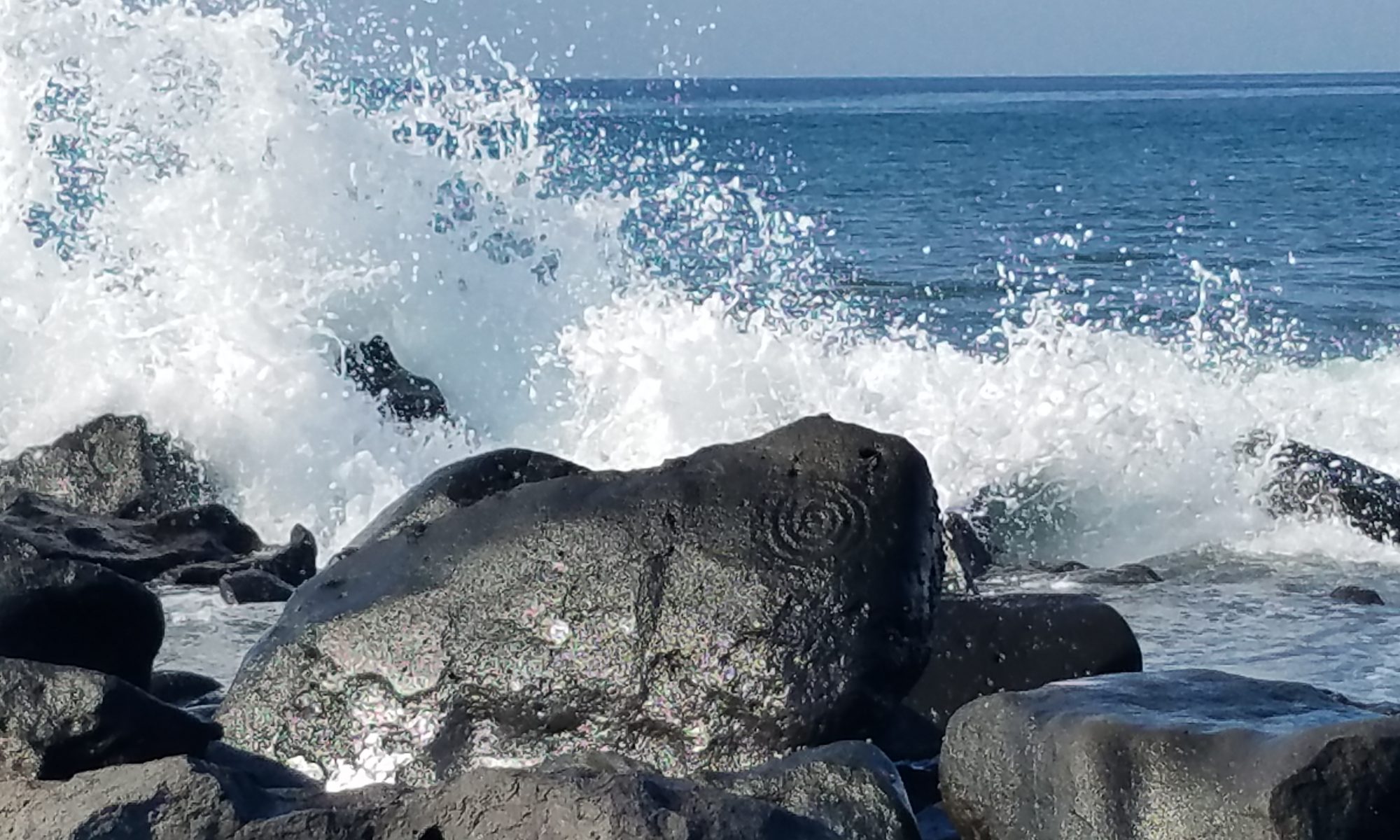Stripped-Down Easter; 2021; Pastor Rebecca Ellenson;
The women who brought their spices to the tomb at daybreak were the same women who stayed at the cross until the very end. We can imagine their grief and exhaustion. They were preoccupied with a very practical matter, would roll away the big heavy stone for them. They went to anoint the body. It was a practice done, actually, to aid in the decay process. The spices were to help with the smell, but also to accelerate the decomposition. Bodies would lie in the tomb for a year and then the family would go and collect the bones and put them in a box, called an ossuary, that would be stored in a different section of the tomb. So, when Joseph of Arimathea loaned his family’s tomb to the family of Jesus, it was only supposed to be temporary. But little did he know how temporary it would be.
The women encountered a situation beyond anything they could have expected. The stone wasn’t their problem. Jesus, who had been crucified, was risen and was not there. They fled, in terror, and amazement.
It is strangely fitting that we have this stripped-down Easter gospel in this stripped-down year. Mark didn’t add any extras to his account like Matthew, Luke or John did. No, there are no post-resurrection appearances of Jesus in this ending of the gospel. The silence of the women reverberates like an unresolved chord, jangling like an unanswered question?
The opening of Mark’s gospel is likewise stripped-down. There is no a birth narrative or even a genealogy. Instead, Mark immediately plunges midstream into Jesus’ life with his baptism by John. Throughout his bare 16 chapters, Mark presents disciples who blunder along, continually misunderstanding Jesus. Mark’s sentences are short and tight. It is a no-frills masterpiece of writing. The whole of the gospel can be seen as a sort of parable that asks an open-ended question: will we flee in terror and amazement too? Will we fail to grasp the mystery of Jesus like the women and the disciples did?
This whole year has been stripped-down. We have lived with the limits of the pandemic and Easter is no exception. This service, like so much this year, is limited. There is no resounding response of “He is risen Indeed!” in this sanctuary today to my “Christ is Risen!” You can’t smell the strong scent of Easter lilies over the internet. There will be no large family gathering around feast-laden tables today. There have been no easter egg hunts, no festival Easter brunch. We have not been able to stand, jam-packed into the sanctuary, to raise the rafters with the strains of “Jesus Christ is Risen Today!”
This strange year is giving us an opportunity —to focus our attention not on all the extras since they’re not available to us this year anyway, but to focus on the main subject, the concise gospel that Jesus is risen and goes ahead of us. All the extras are just the background, not the essentials, after all. Easter isn’t about eggs, or peeps or tulips, or lilies, or music or even ham dinners with family. The focal point is Jesus, risen and leading us forward, transformed.
I’m a novice painter. When we spend our winters in Mexico, I take weekly oil painting lessons. This year I’ve been learning to paint with watercolor by taking online courses and reading books on my own. Last week I read a book about color theory and the big impact a background can make for the subject of a painting. The color of the background actually changes the way we see the main subject. The greater the contrast the more the main subject or focal point of a composition will show up.
The mystery and power of the resurrection stands in stark contrast this year, against a background of 2.7 million people lost to covid worldwide. Our central focus today on the empty tomb shows up with a different tone when placed against a backdrop of two more mass shootings, chaos at the Border, unemployment and food insecurity. We turn our attention to the resurrection today and our view is changed by the context of pandemic-induced loneliness, anxiety and depression. The bright light of Easter stands out against the dim and uncertain character of these times.
The women came to the tomb at the crack of dawn after the resurrection had happened—in the dark of night, in secret, unseen. They didn’t actually see him rise, they saw the empty tomb. All the accounts of the resurrection agree that the most important event in history happened in total darkness. Before the sun rose on that Sunday morning two thousand years ago, a great mystery took place in secret. No sunlight illuminated the event. No human being witnessed it. And ever since, even now, no human narrative can contain it. We can’t define it any more than the women could. It is a mystery known only to God. The resurrection claims us and compels us even as it rests in holy darkness, shielded from our eyes. God was able to bring life out of death. Out of the dark night, from the heart of loss and misery, God brought salvation.
It was incomprehensible to them. Of course it was! They needed the reassurance they got: Do not be alarmed. They came to prepare a body for decomposition, but there was no body. They were given a new task- to go and tell. Yes, they fled in fear, but obviously they got over that and they did tell the others-or we wouldn’t know about it. The mystery of resurrection had to soak in and resonate with them, as it does with us too.
Yes, we miss the traditions of Easter this year, the extras. But maybe it can be even easier to focus on the key point without the clutter of peeps and easter bonnets and baskets. When it’s all stripped down, we are left with trusting the story itself to do its work.
Resurrection doesn’t need lilies and rousing choruses of Alleluia sung by the faithful. Easter doesn’t depend on the religious performance or the spiritual stamina of flailing human beings. It doesn’t really matter if the women were frightened and silent at first. The tomb is empty. Death can not hold him, or us. Jesus lives. Period. We are not in charge of Easter; God is.
We know from history that the fear those three women felt subsided, the found their nerve, and the went and told the others. Together, following the risen Christ they chose hope. As they made the story their own it spread and grew. Joy came. Faith came. Peace came. Love came. The glorious truth of a conquered grave and a risen Messiah made its way from their emboldened lips to every corner of the world. The story didn’t depend on them. But it changed them, and as they changed, the world around them changed, too.
Each year we come to the tomb and like the women, we grow in understanding as we follow Christ who goes ahead of us. This year, against the background of death, with a future that feels uncertain, we need this word of life. The good news of Resurrection is just what we need to hear right now. So hold on to it, let it change you. You don’t have to be able to take in all of its goodness right away; it is trustworthy, and it will wait for you.
But when you can, as you can, hear it again: “Do not be alarmed; you are looking for Jesus of Nazareth, who was crucified. He has been raised; he is not here. Look, there is the place they laid him. But go, tell that he is going ahead of you. You will see him, just as he told you.”
Christ is risen, the grave is empty, love is eternal, and death’s defeat is sure. Whether or not you can bear this great truth right now isn’t the important thing. Christ has given this truth to you. It is yours. He is risen, Alleluia!

